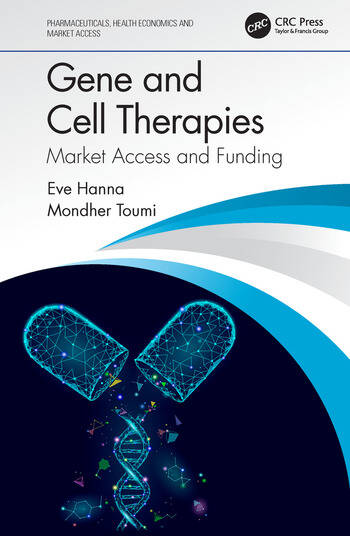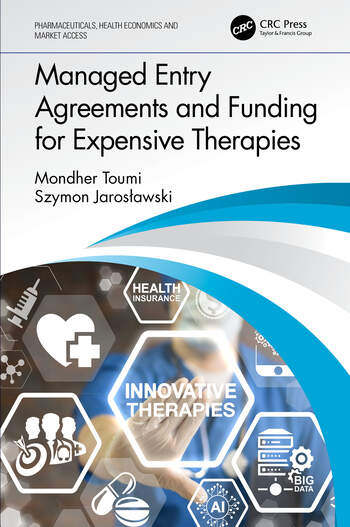Exploring the consequences of greater price transparency on the dynamics of pharmaceutical markets
The 2018 OECD report Pharmaceutical Innovation and Access to Medicines suggested that increased price transparency could promote public accountability, while potentially delivering efficiencies to health systems by including economic considerations in coverage, treatment decisions and budget allocation. Despite this, precisely what should be made more transparent, and how greater transparency would affect the functioning of markets, have been poorly characterised. To help frame the policy debate, the OECD undertook an exploration of the potential consequences of greater price transparency on market dynamics. The work included a roundtable and a series of semi-structured interviews, with participation by 19 experts in pharmaceutical pricing, economics of pharmaceutical markets, competition, and law. With an extensive review of the current practice and relevant literature as a preface, this report presents the key findings from those consultations.













